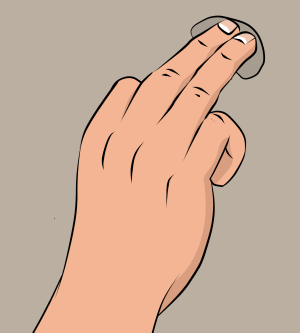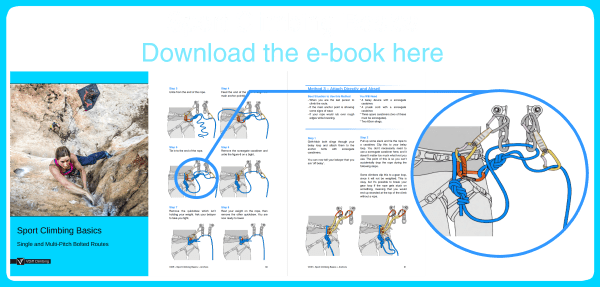'Climbing Technique: Handholds' is part of the book - Sport Climbing Basics.

The weight on your arms increases as the rock gets steeper and the footholds get smaller. Beginners often ‘over grip’ the rock and burn out their forearms too soon, making it impossible to then hold onto anything.
The challenge, therefore, is to use the lightest possible grip to make each move.
There are endless ways of using handholds, but four basic types are described below.
Climbing Handholds: The Crimp
Crimping works best when the thumb is held over the index finger. This ‘closes’ the crimp and makes the position stronger. This is because your thumb is much stronger than your fingers in this position.
If the hold is too small to fit all your fingers, give priority to the middle finger (the strongest), followed by the ring finger, the index and finally the pinky.
Be careful when crimping sharp edges. If you slip off suddenly, you’ll probably slice your fingertips.
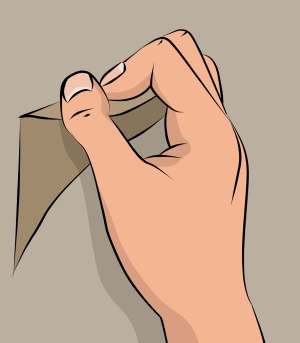
Climbing Handholds: The Open Grip
The open grip is mainly used to hold onto large or rounded features. Search for the best position on the hold and then pull.
If the hold isn’t incut, you will rely on friction between your hands and the rock to hold on. For this reason, having more surface contact gives you more grip.
An open grip on sloping holds works in a similar way to your shoe when smearing.
In the long term, the open grip puts less strain on the joints and tendons than crimping.
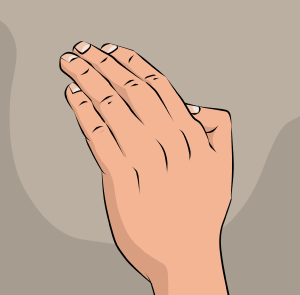
Climbing Handholds: The Pinch
You pinch a hold in the same way as a crab pinches it’s claws. An effective use of the technique is to pinch a hold between your thumb and the side of your index finger.
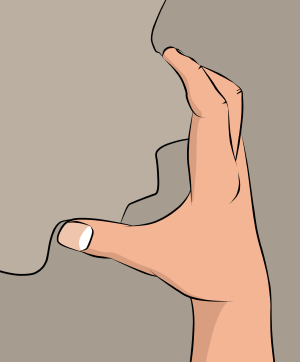
Climbing Handholds: Pockets
To hold onto a pocket, you essentially use an open hand or crimp but with less fingers.
If you can fit two fingers in the pocket, it’s often better to use the middle and ring fingers, rather than a middle and index finger combo. This balances the load on your fingers much better.
If the pocket is only big enough for one finger, your middle finger will be strongest.
Be careful - the edges of pockets are often sharp. When you pull hard on a pocket, you are effectively grinding your finger tendons over that sharp edge. A common injury is to strain or break the delicate ligaments in the fingers due to excessive crimping and pocket pulling.
